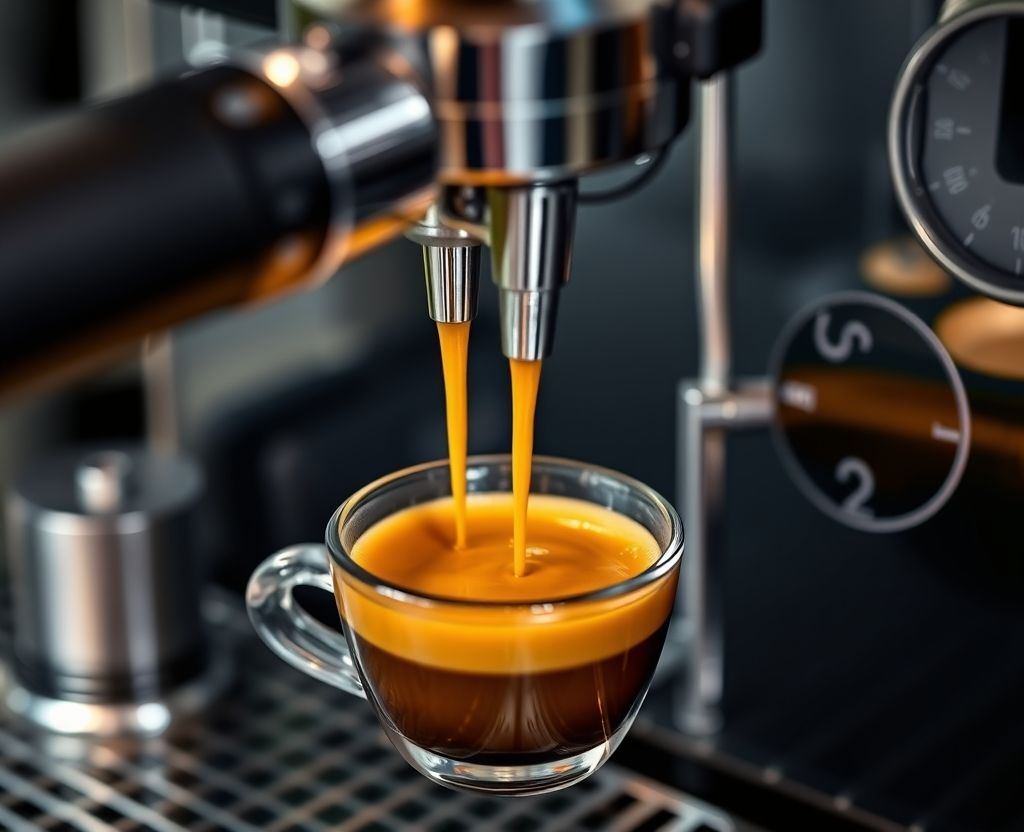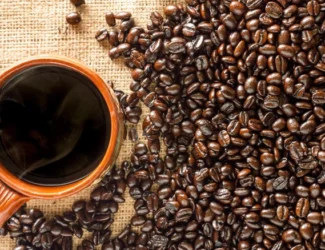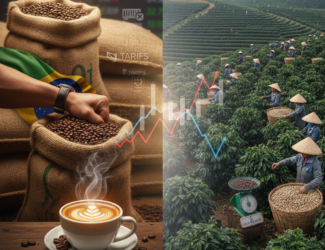
Barista Terminology | Episode 3: Espresso Basics
We are pleased to launch this educational series on QahwaWorld.com , dedicated to providing essential knowledge for every barista and coffee enthusiast. Titled “Barista Terminology,” this series offers clear and concise explanations of key concepts in the coffee industry. It will span more than 20 episodes, each covering different aspects of the coffee world.
Espresso is more than just a concentrated shot of coffee — it’s the foundation for countless café drinks and a true test of a barista’s skill. In this episode, we explore the core concepts and terms every barista must understand to prepare, evaluate, and troubleshoot espresso like a professional.
1. Espresso
A small but intense coffee beverage brewed by forcing hot water under pressure through finely ground coffee. Known for its rich body, crema, and concentrated flavor.
2. Crema
The golden, foamy layer that forms on top of a properly extracted espresso shot. It consists of emulsified oils and carbon dioxide, and indicates freshness and correct extraction.
3. Single Shot / Double Shot
A single shot typically uses about 7–9 grams of coffee and yields around 25–30 ml. A double shot (the standard in most cafés) uses 14–18 grams and yields 50–60 ml.
4. Ristretto
A “short” shot of espresso made with the same amount of coffee but less water. It produces a more concentrated and syrupy cup with less bitterness and more sweetness.
5. Lungo
A “long” espresso shot made by allowing more water to pass through the coffee. It’s larger in volume but often more diluted and bitter.
6. Brew Ratio
The ratio of dry coffee grounds to the final liquid espresso. Common ratios include 1:2 (e.g., 18g coffee to 36g espresso). It affects strength, flavor, and balance.
7. Extraction Time
The duration it takes to brew an espresso shot — usually between 25 to 30 seconds. Extraction time influences flavor development; too fast may lead to sourness, too slow to bitterness.
8. Yield
The amount of liquid espresso produced in the cup, typically measured in grams. A key factor when dialing in espresso.
9. Puck
The compacted disc of used coffee grounds left in the portafilter after extraction. A clean, dry puck can indicate a good tamp and distribution.
10. Channeling
When water flows unevenly through the coffee bed, often due to poor tamping or distribution. It causes under- and over-extraction in the same shot.
11. Dialing In
The process of adjusting grind size, dose, yield, and time to achieve the desired espresso taste. Baristas often dial in multiple times a day as variables (e.g., humidity) change.
12. Under-Extraction
Occurs when not enough solubles are pulled from the coffee. Results in sour, sharp, or salty flavors. Often caused by too coarse a grind or short brew time.
13. Over-Extraction
Occurs when too many compounds are extracted. Results in bitterness and dryness. Often caused by fine grind or long brew time.
14. Balanced Shot
An espresso with harmony between sweetness, acidity, and bitterness — a sign of proper extraction and recipe.
15. Tasting Notes
Descriptors used to articulate espresso flavor — such as citrus, cocoa, berries, spice, or nuts. Tasting notes help communicate quality and profile.



